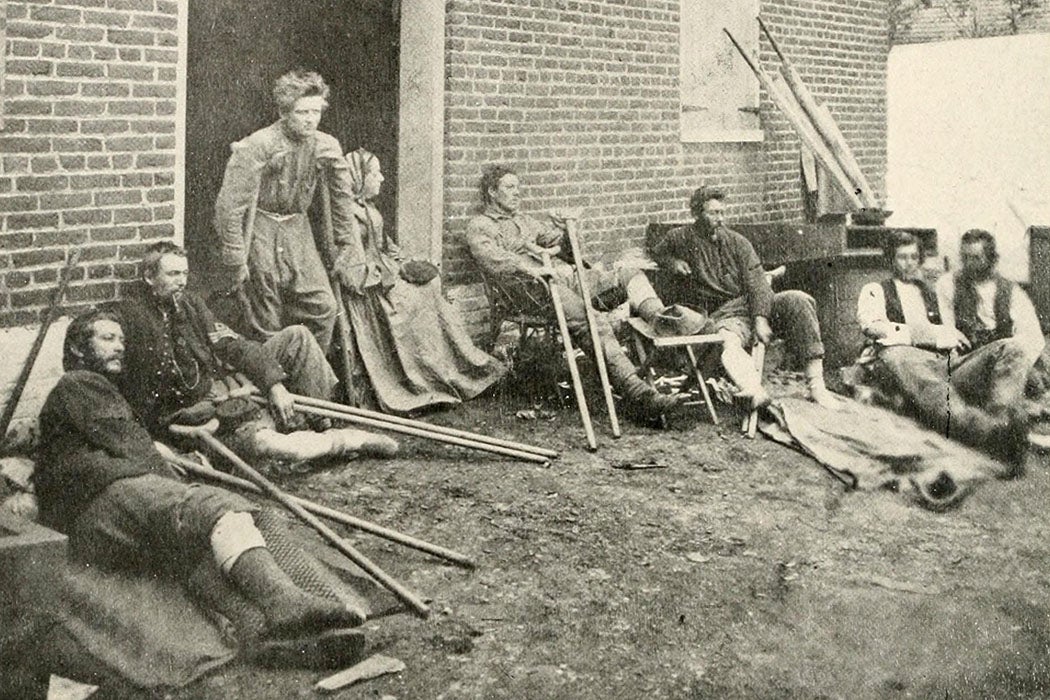When veterans of the US Civil War returned home, one of the barriers many faced to reintegrating into civilian life was opiate dependency. As historian Jonathan S. Jones writes, this was compounded by a culture that saw addiction as emasculating enslavement.
Prior to the Civil War, Jones writes, American doctors prescribed opiates, including opium, morphine, and laudanum, for a vast range of conditions, from painful injuries to loose bowels to fever. But doctors, and many members of the general public, were well aware of the dangers of the drugs. An 1849 article in Scientific American described addicted men as “ready to sell wife and children, body and soul for the continuance of his wretched and transient delight.”
Nonetheless, doctors also recognized that the drugs were the best recourse they had for many serious problems. Particularly on the battlefields of the Civil War, they had little choice but to offer opiates to soldiers who otherwise would have been useless due to pain, vomiting, diarrhea, or other debilitating conditions. Some soldiers also took opiates before battle to calm their nerves.
After the war’s end, Jones writes, some veterans continued using the drugs to address chronic health issues that lingered for years after their service. And some found themselves habituated to using opiates as an antidote to emotional agitation or fatigue. The rate of opioid addiction rose sharply after the war—by one account going from less than one in 1,000 Americans in 1842 to 4.59 in 1890. The rise was pronounced among white women in particular, but veterans also accounted for a significant part of the increase.
Many observers placed blame for the wave of addicted veterans on army doctors, who, one Union surgeon suggested, were too “weak, or too tender, or too prone to escape trouble by the easy help of some pain-lulling agent.” Yet this didn’t mean that the veterans themselves escaped blame. Under the rules of nineteenth-century masculinity, the inability to endure pain was coded as weakness.
“Like habitual drunkenness, to be ‘enslaved’ to opiates was to be dependent on the drugs, a state antithetical to widely held ideals of masculinity and morality, which demanded independence, self-master, and sobriety,” Jones writes.
Weekly Newsletter
Over the years, opiate use could lead to exhaustion, impotence, physical decline, and financial ruin. And stigma often left veterans excluded from pensions and other benefits. Housing for soldiers excluded applicants for the use of any intoxicant. Some opiate users slipped through the screening, but if they were later discovered, they might be branded insane and committed to mental asylums.
A telling incident took place after an Indiana veteran named Clinton Smith died of an overdose in 1884. Congress awarded his widow a special pension. But President Grover Cleveland vetoed it, condemning Smith as an “intemperate” man. Many fellow veterans and their friends and family members were horrified by the president’s disrespect, but overall public opinion sided with Cleveland. Addiction made Smith the kind of man few could empathize with, even after his death.
Support JSTOR Daily! Join our new membership program on Patreon today.








